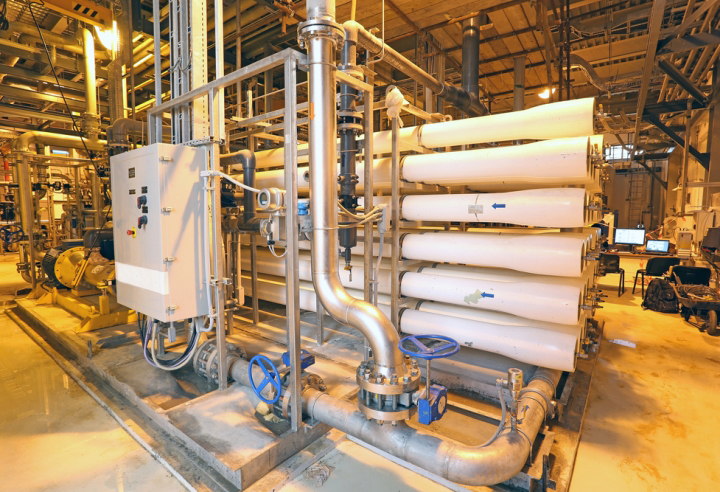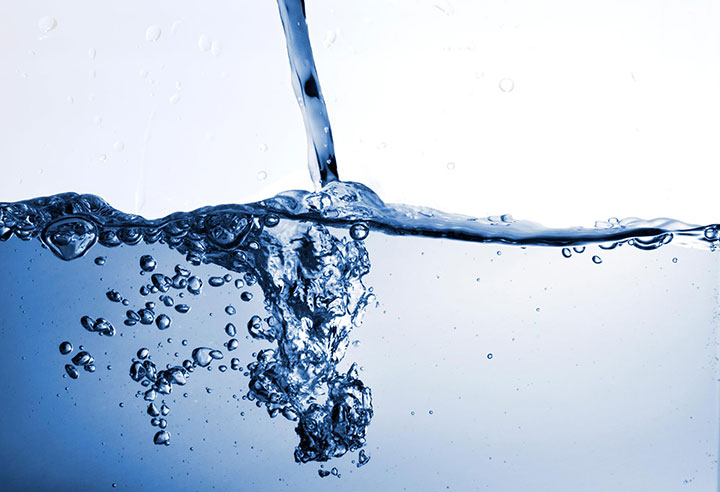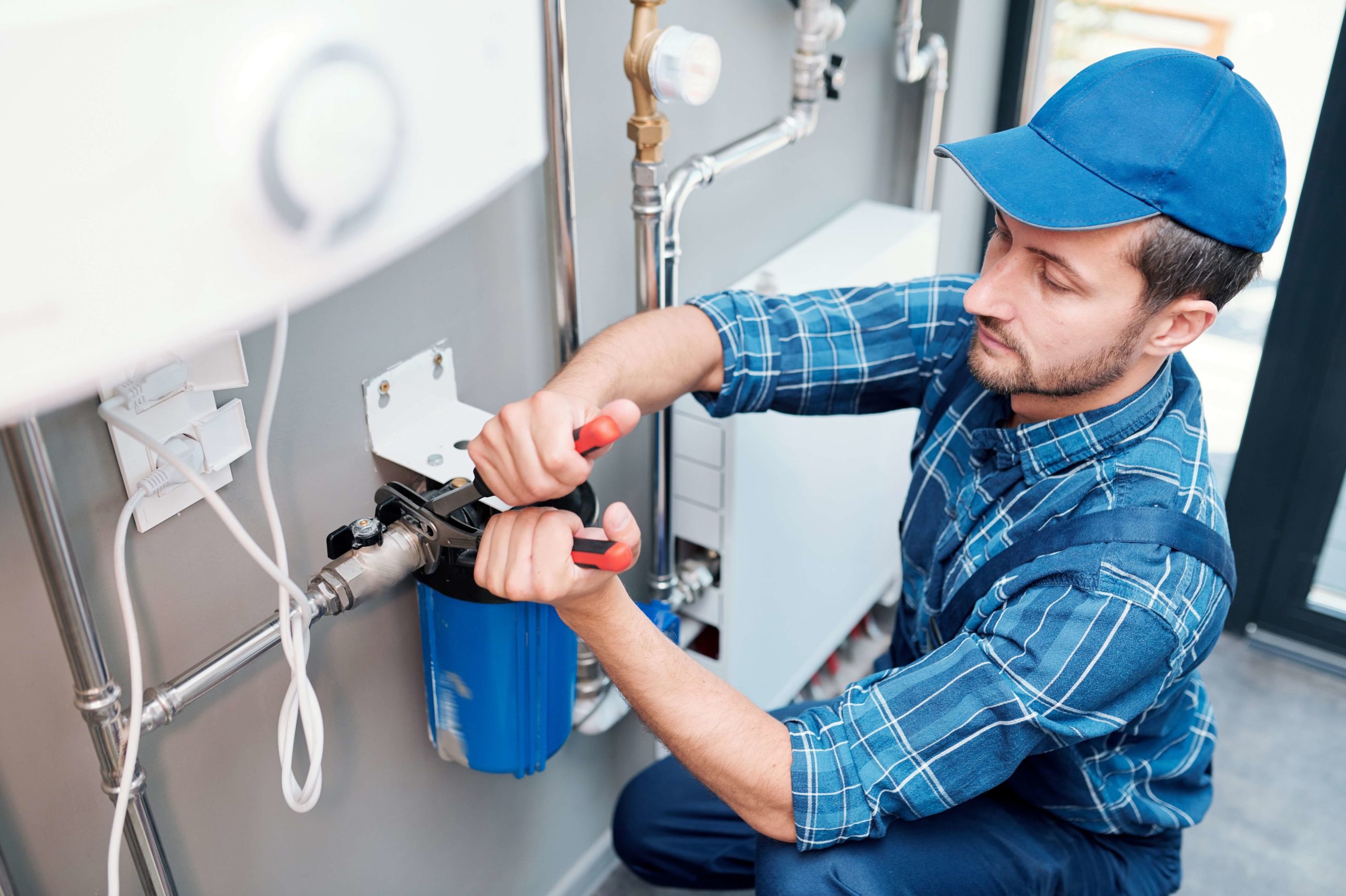Water purification is the method of removing unwanted chemicals, including the contaminating agents ,deposited solids, as well as gases from water. The aim of this method is to make water fit for purpose. Usually water is purified for drinking purposes but it may also be used in medical, chemical and pharmacological applications.
The methods involved in commercial water filtration include distillation, filtration and chlorination etc. Water purification may help in reducing particulates in the water. The standard of drinking water is set by the state authorities in accordance with the global norms.
One can’t claim whether water is of best quality by visual testing. Authentic processes like the use of regular carbon filtration aren’t enough to detect quality of water from an unknown source.
The methods involved in commercial water filtration include distillation, filtration and chlorination etc. Water purification may help in reducing particulates in the water. The standard of drinking water is set by the state authorities in accordance with the global norms.
One can’t claim whether water is of best quality by visual testing. Authentic processes like the use of regular carbon filtration aren’t enough to detect quality of water from an unknown source.
Groundwater
Deep groundwater is considered the safest. Groundwater has a degree of clarity and doesn’t require chlorination. Reducing the content of magnesium in this water may be required.
Reservoirs
Reservoirs have significant bacterial load and may also contain algae.
Rivers
Rivers are one of the prime sources of water, but often involve greater bacterial level and various solid particulates.
Technologies like atmospheric water generation are used for producing high quality water.
Apart from these, other sources of water include rainwater, seawater, upland lakes and freshwater bodies.
Deep groundwater is considered the safest. Groundwater has a degree of clarity and doesn’t require chlorination. Reducing the content of magnesium in this water may be required.
Reservoirs
Reservoirs have significant bacterial load and may also contain algae.
Rivers
Rivers are one of the prime sources of water, but often involve greater bacterial level and various solid particulates.
Technologies like atmospheric water generation are used for producing high quality water.
Apart from these, other sources of water include rainwater, seawater, upland lakes and freshwater bodies.
Water purification is the process of removing contaminants and solid particulates from untreated water. This process is used for making water safe for human consumption.
Suspended solids, bacteria,algae and fertilizers etc are removed during this process.
Suspended solids, bacteria,algae and fertilizers etc are removed during this process.
- Process of aeration is carried out along with pre-chlorination for elimination of iron
- Sedimentation is carried out for separation of solid particles from water.
- Filtration is done for removing tiny particles from water.
- Desalination process is done for removing salt from the water.
- Disinfection is used for killing bacteria.
- Boiling and cooling water treatment are the main processes used in industrial water treatment.
- Untreated water can result in corrosion of machinery and drop the efficiency of the machinery as well.
- With proper treatment, this water might become reusable. This reduces the amount of effluent that is discharged.
Reverse Osmosis
Reverse osmosis (RO) uses a semipermeable membrane. This process is used in industries to remove unwanted molecules and ions from solutions. The solute is accumulated on one side of the membrane and the pure solvent is allowed to pass to the other side. This membrane only allows small particles to pass through it and block the larger ones.
Reverse osmosis (RO) uses a semipermeable membrane. This process is used in industries to remove unwanted molecules and ions from solutions. The solute is accumulated on one side of the membrane and the pure solvent is allowed to pass to the other side. This membrane only allows small particles to pass through it and block the larger ones.


